
Creating, innovating and presenting
Data Storytelling + A.I.
2025-07-05
About me

- Francisco Alfaro Medina aka fralfaro
- Member of Python Chile
- Lead Data Scientist at Grupo Security
- Associate Lecturer at UTFSM
Agenda
No
Nope
No chance

Storytelling principle #1
Never reveal the ending too soon.
Always build up tension and drama
Agenda (v2)
- Never reveal the ending
- Details are important, but not all details are important.
- Your first draft will be horrible.
- Explain less, show more
Storytelling
Why Storytelling?
What is Storytelling?
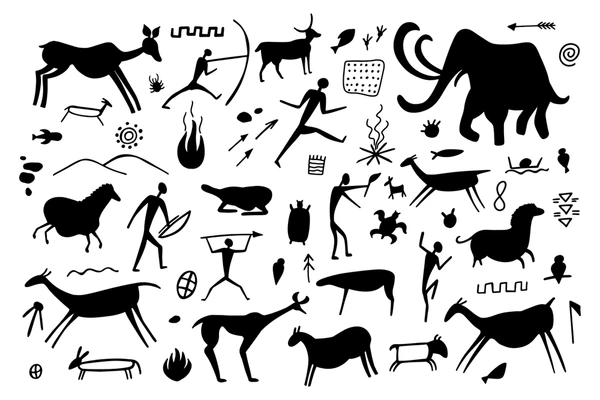
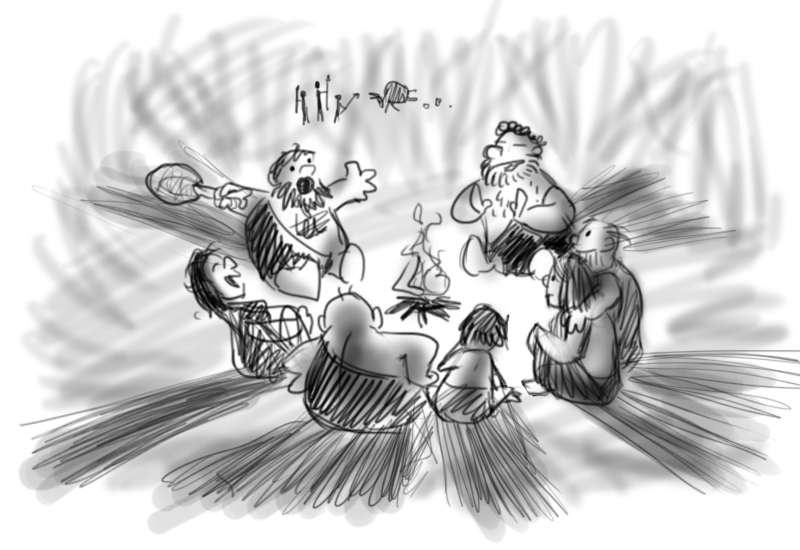
🔥 Stories are the first human technology.
Ohh, those hackable brains
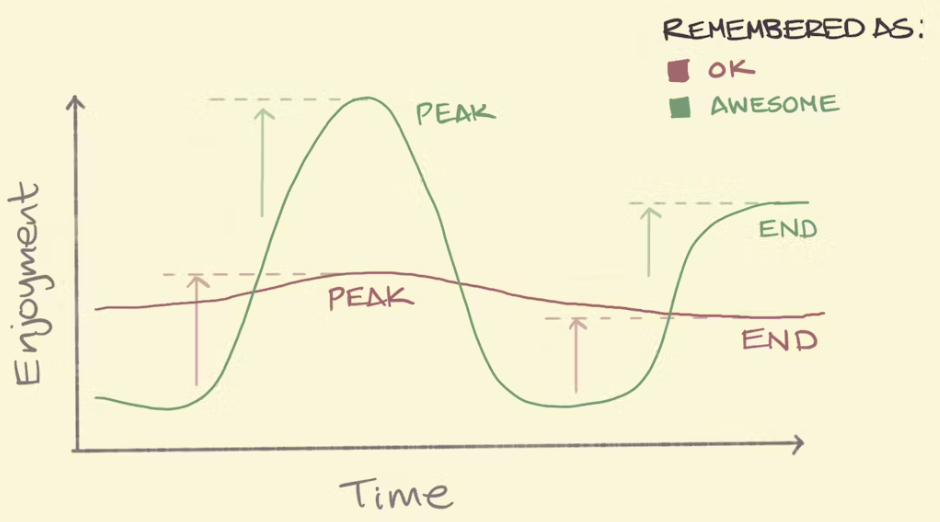
Peak-End Rule
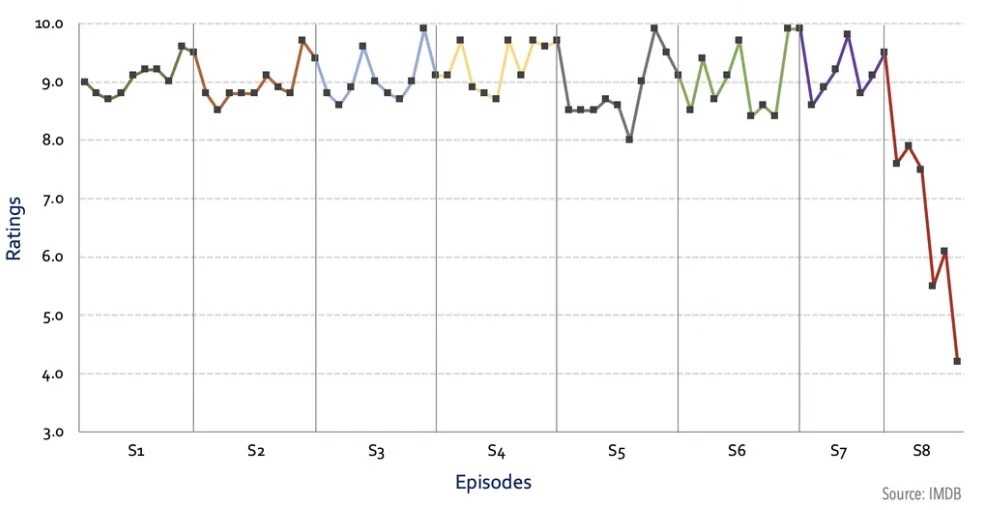
Game of Thrones Rating, by Kelvin Neo
Narrative
Use Storytelling tricks (narrative) to create presentations that will be remembered and make an impact

🎭 Emotions inspire action
The best example
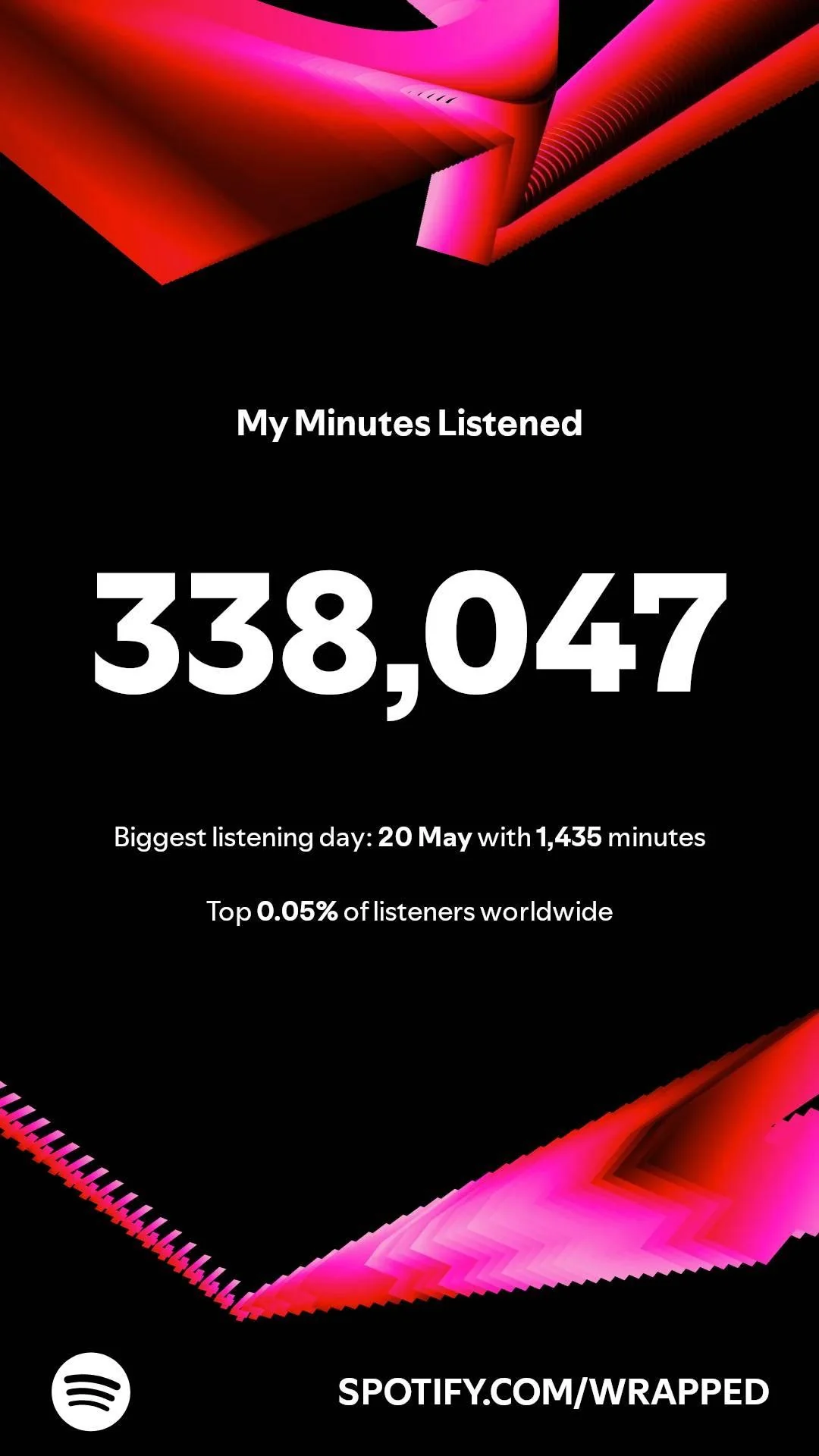
How to make millions of people share statistics on social media?
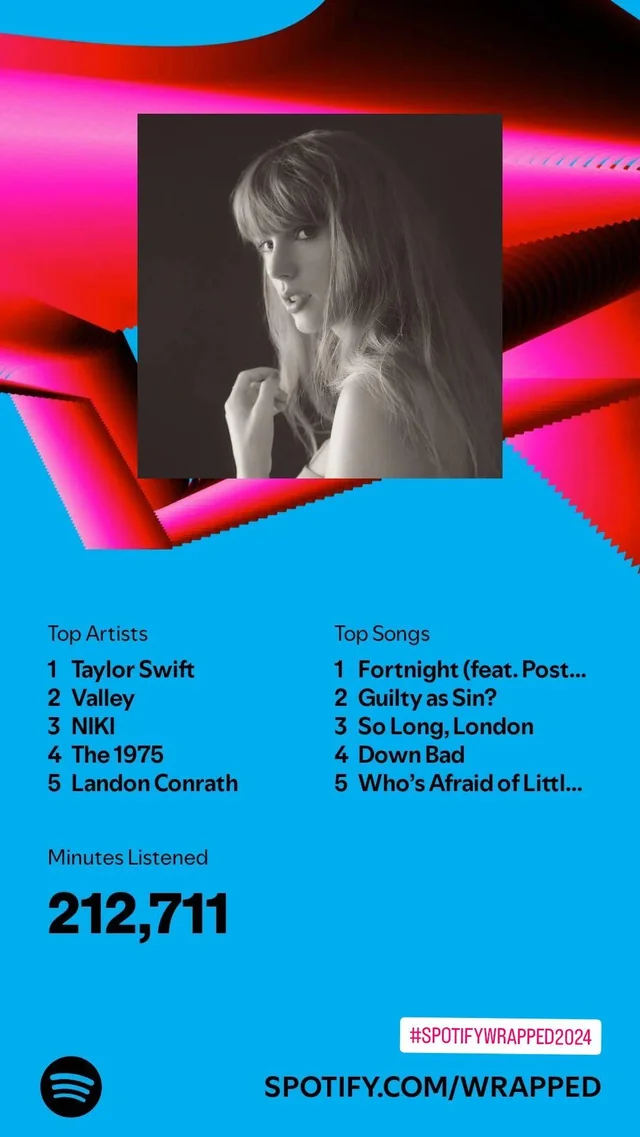
Data Storytelling
Tool #1: Visualization
Examples
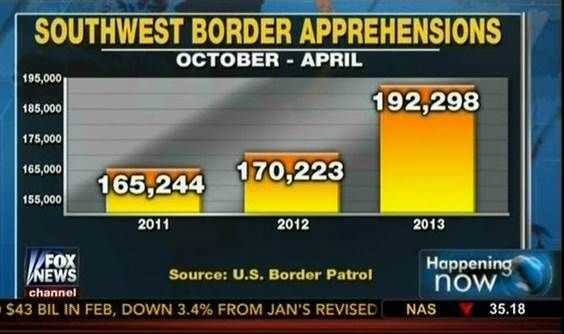
❌ Bad Chart
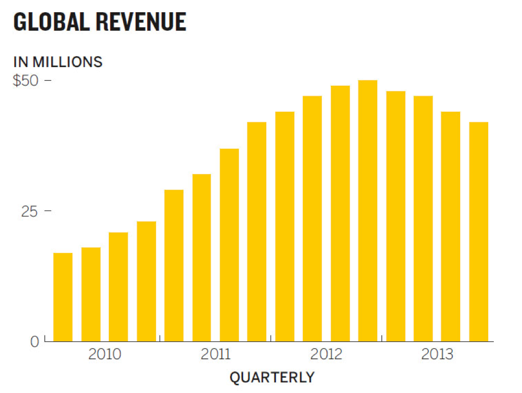
✅ Good Chart
Examples
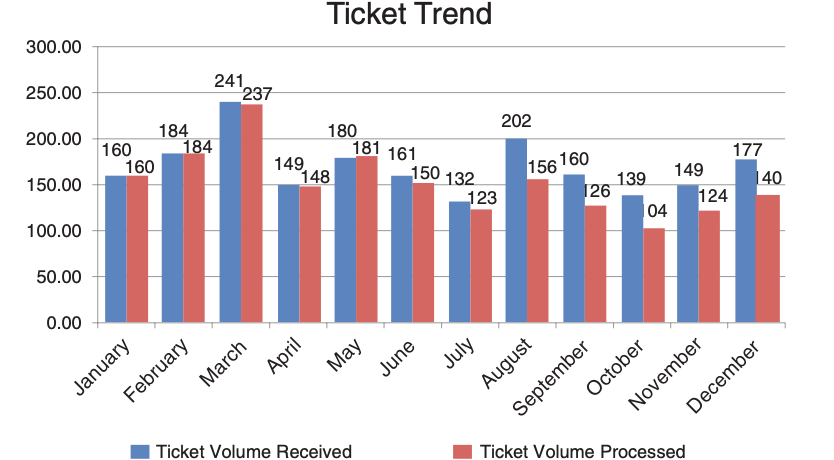 🔢 Don’t share numbers
🔢 Don’t share numbers
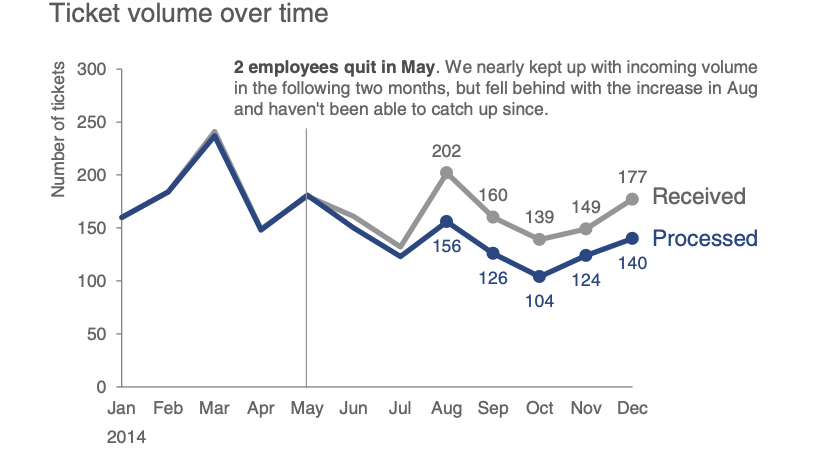 🪶 Share a story
🪶 Share a story
(C) Storytelling with Data, by Cole Nussbaumer Knaflic.
Storytelling principle #2
Details matter, but not all details are important.
Best Charts for your Data
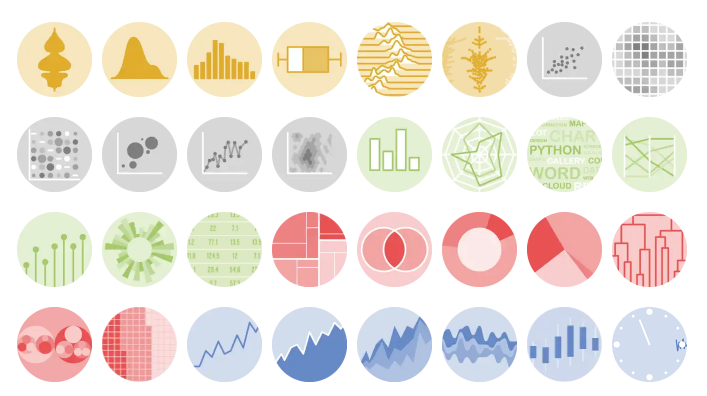
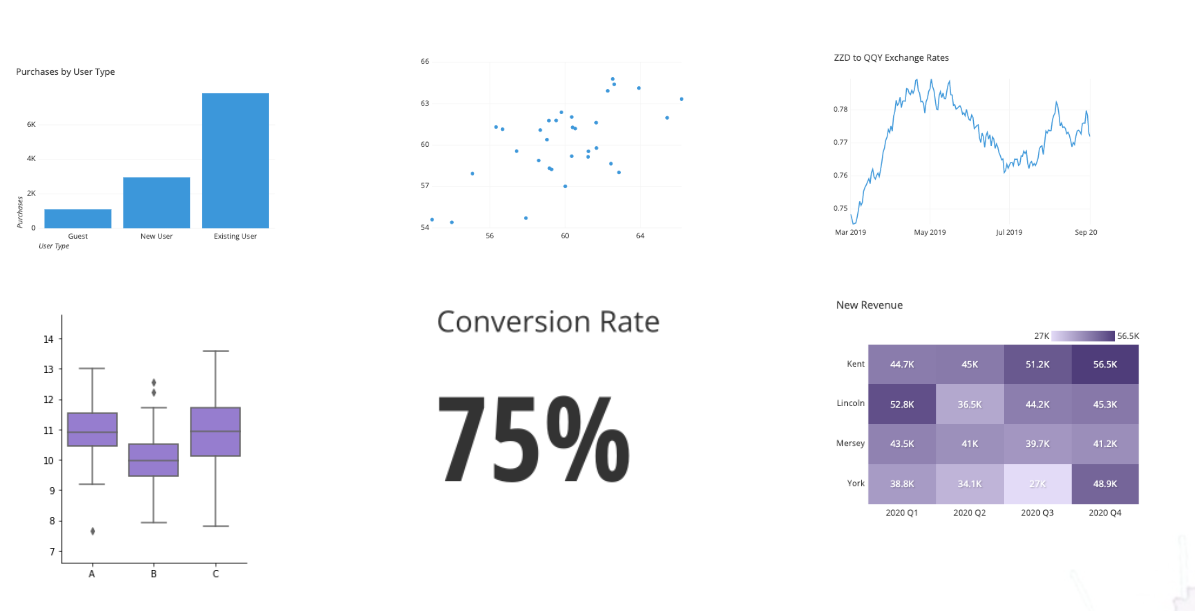
(C) Essential chart types for data visualization, by Atlassian.
Data Storytelling
Tool #2: AI
Examples

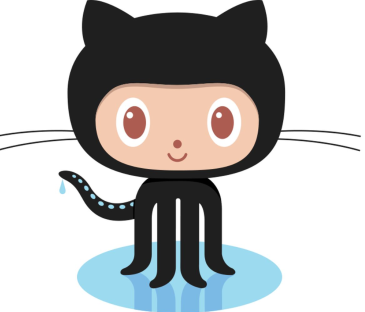
🥱 1° version \(<\) … \(<\) 😊 last version
Storytelling principle #3
Your first draft will always be horrible.
From Ideas to Impact… Faster with AI
- Faster structure, less effort
- Clearer stories, better impact
- Visuals in seconds
- More time for creativity

🤖 tools: ChatGPT, Gemini, Napkin AI, Midjourney, Bolt

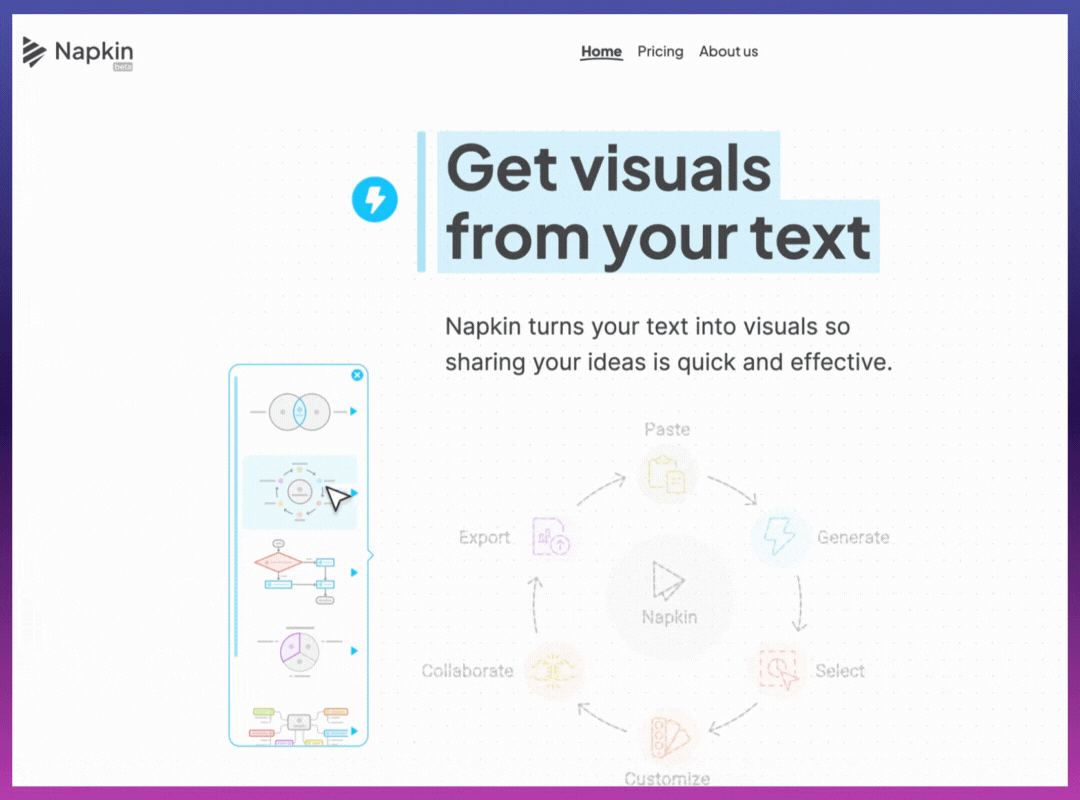

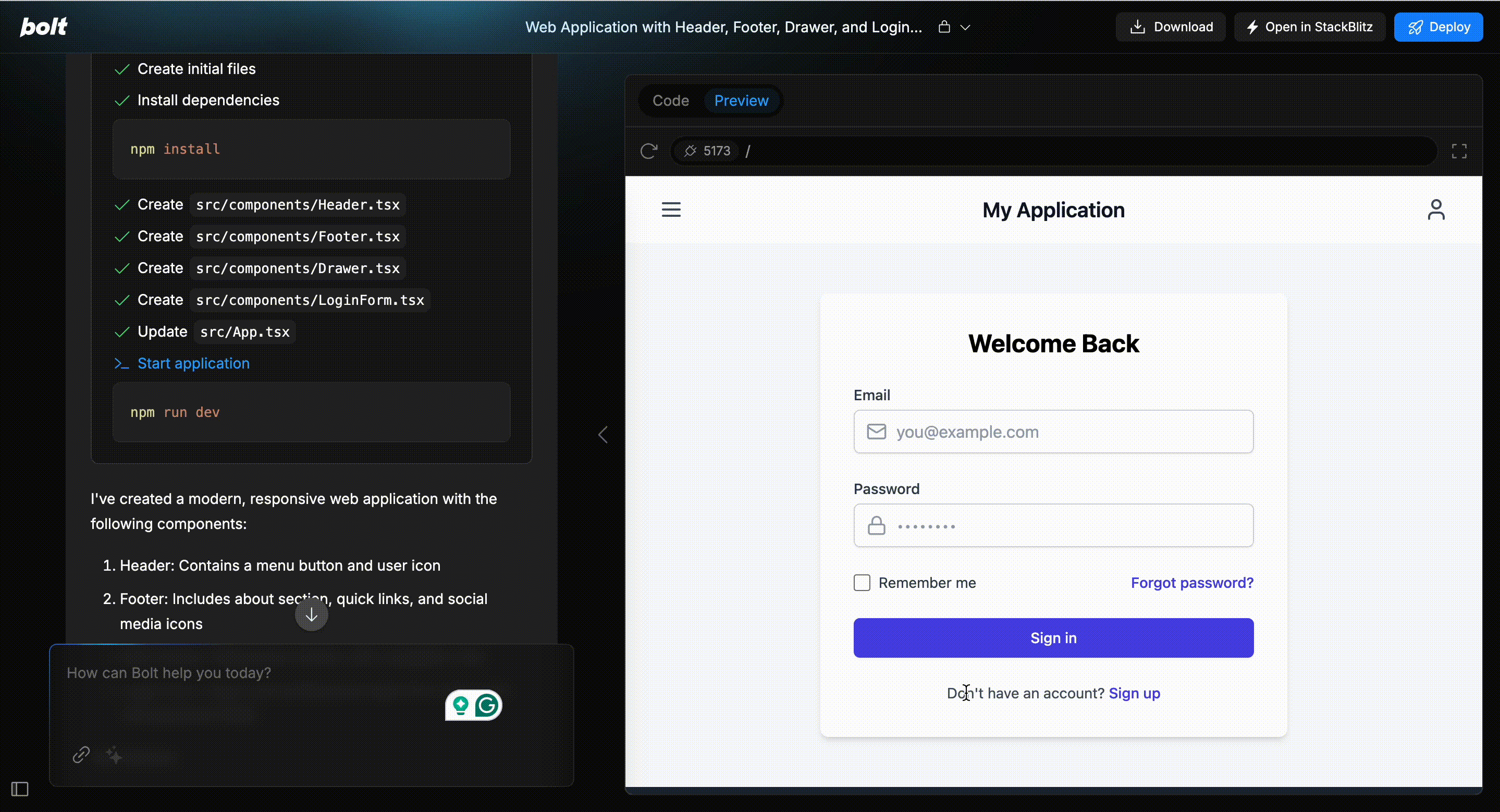
Data Storytelling
Tool #3: Presentation
Examples
Let’s see how much code we need to say something as simple as:
“Do you like this presentation?”
It may seem like a small question, but turning that into code requires defining categories, assigning values, choosing colors, and setting plot parameters.
And that’s just to get a basic bar chart.
Storytelling principle #4
Explain less, show more.
📝 Quarto (+ Extensions)
Quarto is an open system for scientific publications with markdown and interactive code (Python/R).
🔧 Need more power? Use Extensions
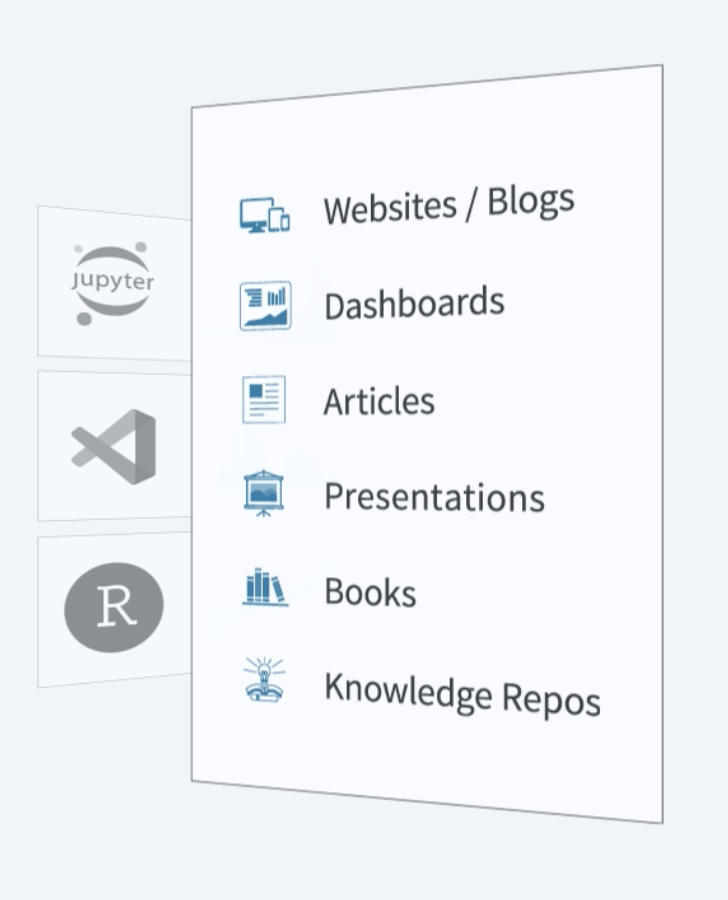
Código: example.qmd
---
title: "Habits"
author: "John Doe"
format:
revealjs:
transition: fade
theme: black
toc: true
center: true
---
## Getting up
- Turn off alarm
- Get out of bed
---
## Going to sleep
::: { .incremental }
- Get in bed
- Count sheep
:::Slides: example.html
🌐 Quarto WebR + Pyodide
Example
Streamlit
Streamlit is a Python library that allows you to easily create interactive web applications using only Python code.

Streamlit

☁️ Streamlit Cloud
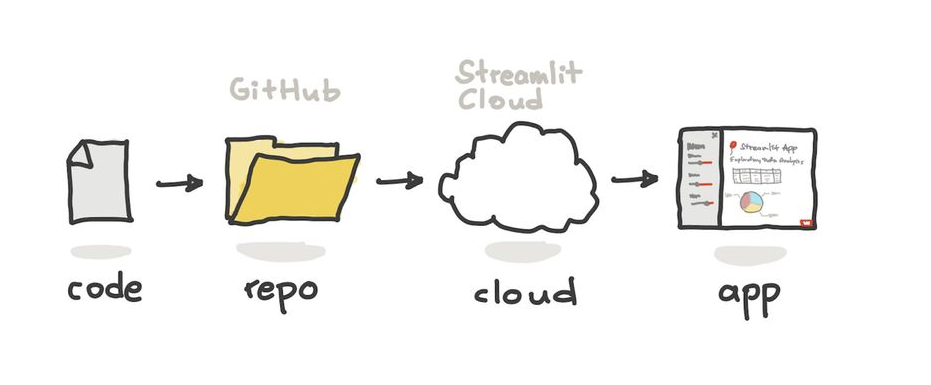

🌐 Quarto + Streamlit
- Deploy to Streamlit Cloud with one click.
- Seamlessly embed your app in a Quarto presentation or website.
- Perfect for live demos and data storytelling.

Stay in your presentation.
Stay in the flow. 🎯
Example
🔗 Useful Links
Storytelling
Conclusion
Agenda (v2)
- Never reveal the ending
- Details are important, but not all details are important
- Your first draft will be horrible
- Explain less, show more
🎉 Thank You for Participating!

🔗 Visit our official site: sethnut.com/talks


